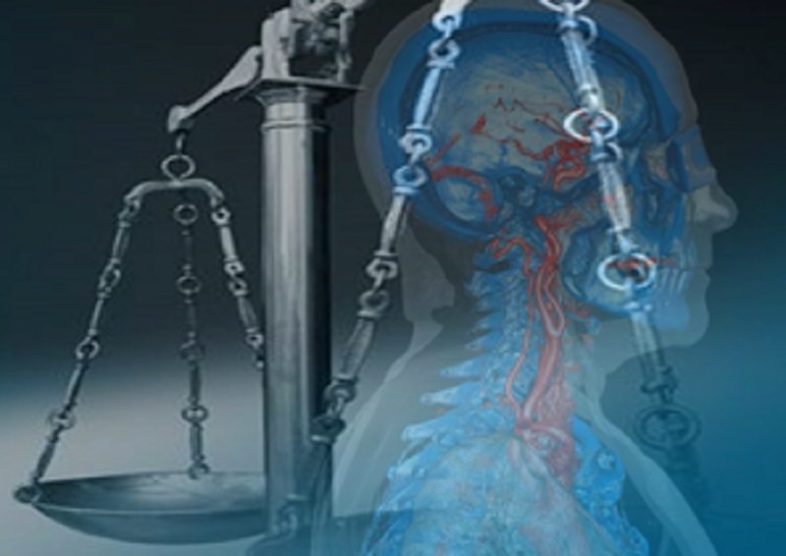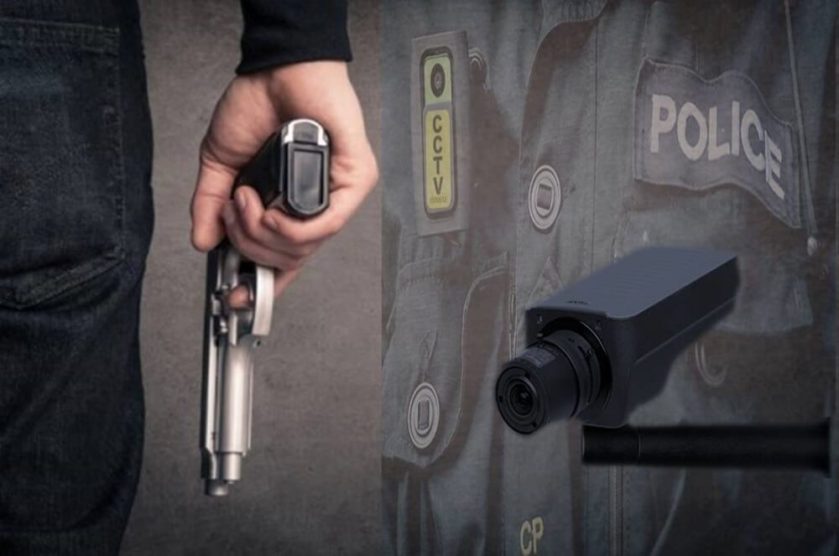Sexual abuse or sexual assault is a significant problem in the United States and worldwide. An American is sexually assaulted every 68 seconds, and one in every six American women has been the victim of rape or attempted rape in their lifetime.
These statistics are sobering, and it can be frustrating to learn that an estimated 63% of sexual assaults aren’t reported to the police. Victims don’t report their assaults to the police for a number of reasons, such as if the person responsible is a current or former partner or if they’re worried about feeling shame or being punished.
Some people might also be afraid to speak out if they don’t believe they’ll ever be able to bring the guilty person to justice due to a lack of physical evidence. While physical proof can strengthen a case, proving or disproving sexual assault might also be possible with the following forms of evidence.
Physical Descriptions
Law firms like Rosenfeld Injury Lawyers often meet with sexual assault victims who aren’t sure whether they’ll ever be able to see their attacker punished for their crime because they don’t have physical proof. However, sometimes, a physical description can be helpful in their pursuit of justice.
If police investigators adjust their interviewing techniques from interrogation to information-gathering, they might find themselves in possession of valuable information regarding an attacker’s physical features and traits. Victims might start remembering small details, like tattoos, birthmarks, heights and weights, and even particular sounds and smells. Sometimes, it’s the small details that can lead to an attacker being identified and brought to justice.
Specific Chains of Events
Small, often forgotten details that are accidentally left out of victim statements can sometimes be what causes perpetrators to walk free. With the help of lawyers and law enforcement, victims might be able to create a strong case if they have a detailed and very specific chain of events that is hard to dispute.
The chain of events can begin from when a victim started their day to how they ended it, including places they visited at specific times, down to where a perpetrator touched them on their bodies. The more detailed a victim statement is, the more credible a victim can sometimes seem in a court of law.
Serial Patterns of Behavior
When a victim accuses someone of sexually assaulting them, the accused will likely do everything in their power to make the victim look like a liar. It’s the defense attorney’s job to do everything possible to lessen their clients’ charges or have them dropped altogether.
While the victim might not have physical proof or much evidence against the person they say is responsible, a pattern of behavior can sometimes paint a telling picture of what someone is capable of. A victim’s attorney can sometimes find other people who have been victims of the same person in the past, showing that they have a history of such behavior. This can put weight on the idea that just because there isn’t physical proof doesn’t mean the person allegedly responsible for a crime didn’t do it.

Witnesses
Rarely are there witnesses to sexual assaults. They often occur in secluded locations and houses, with the perpetrators taking great care not to be seen or caught. However, witnesses can sometimes be relied upon to provide statements regarding things they saw that might strengthen a victim’s account. For example, if a victim states that a man entered her home at midnight, a neighbor might say that they saw a car entering the victim’s driveway just before that time. This fact could strengthen the victim’s version of events.
Corroborating Evidence
If biological evidence like blood, hair, saliva, semen, and trace DNA isn’t available to prove someone guilty of sexual assault, corroborating evidence might be used to draw the same conclusion about a version of events.
Police might look at social media and cell phones, which might prove that someone was in a specific location, even if they said they weren’t. Corroborating evidence is often used to strengthen or confirm evidence that already exists, such as witness testimony.
No Consent
‘He said, she said’ situations can make it challenging to know whether a sexual encounter was consensual. However, the Criminal Code determines that consent is described as a voluntary agreement of the complainant to engage in the sexual activity in question. By law, the following situations mean that no consent was given:
- The victim’s words or behavior express a lack of consent
- The victim wasn’t capable of consenting, such as being under the influence of drugs or alcohol
- Someone other than the victim gave consent
- The victim was under the legal age for consensual sex
- The accused perpetrator used their authority or power to try to gain consent
- The victim removed their consent after initially giving it
What to Do If You’re the Victim of Sexual Assault
Sexual assault is one of the most traumatic events anyone can encounter, and it’s hard to know what to do if you end up in such a situation. It’s important to know that you’re not alone, and many people and organizations can help. However, by following the steps below, you might feel like you’re in a strong position to take control of the situation and fight for your right to receive justice.
Step 1: Call the Police
If your sexual assault has just happened, don’t delay calling the police. Upon their arrival, you will most likely be taken to the hospital, where a rape kit will be administered. The police will then ask you questions about what happened so they can investigate the crime.
Step 2: Let the Police Gather Evidence
Evidence gathering is a crucial part of the sexual assault investigation process. Your assigned officer or detective will gather as much information as possible and give it to the county prosecuting attorney. They can then decide if there’s enough evidence to proceed with a criminal case.
Step 3: Contact a Sexual Assault Attorney
You deserve to have someone on your side who can guide you through legal proceedings. Contact a sexual assault attorney who can fight for your right to have the person responsible for the crime held to account.
Proving sexual assault without physical evidence is never easy, but that doesn’t mean you won’t ever see justice. Physical evidence is just one of many evidence types that might see the person responsible for your assault charged for their crimes.















































